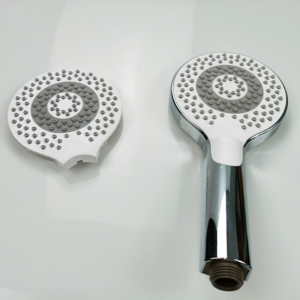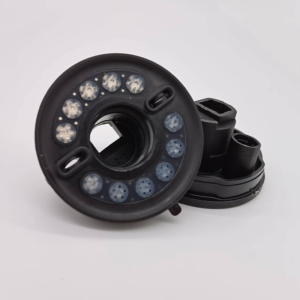This one deals with knowledge related to the environment and health, because in our daily lives, our health is closely related to the things we use in our lives. So it is necessary to change the things we use regularly, such as toothbrushes, shower heads and so on. And here is some knowledge related to shower head in terms of hygiene and protection. I hope this is helpful for you.
Inadequate use and degradation of silicone sealants have been linked to various health issues, including high blood pressure, heart disease, diabetes, cancer, and cardiovascular problems. Improper application of silicone sealant can pose significant health risks, particularly for children and adults.
To address these concerns, replacing old silicone sealant with a new one is essential. This process involves removing the shower enclosure, thoroughly cleaning the surface, and applying new silicone to ensure a secure seal. This guide aims to educate you on the proper techniques for sealing your shower and provides insights into the different types of silicone sealants available in today’s market.
 For those seeking information on how to apply silicone sealant or wondering about sealing a shower tray, this guide offers practical tips to achieve a professional finish and prevent water leaks. Employing a tool made of rubber or plastic designed to remove excess silicone ensures clean and even surfaces, facilitating the creation of precise silicone beads during the sealing process.
For those seeking information on how to apply silicone sealant or wondering about sealing a shower tray, this guide offers practical tips to achieve a professional finish and prevent water leaks. Employing a tool made of rubber or plastic designed to remove excess silicone ensures clean and even surfaces, facilitating the creation of precise silicone beads during the sealing process.
Utilizing a silicone gasket applicator with the correct opening size is crucial for achieving a finished bead that fully covers the waterproof wall cover. Properly selecting the tool and applying silicone with the right aperture size ensures complete coverage of all gaps between the shower tray and tiles. It’s essential to check for cleanliness and dryness in the area, verifying that silicone sealant is evenly applied. Running a finger strip through the sealant helps identify any gaps or lumps, ensuring a smooth and even finish.
![]() Disposing of excess silicone sealing in a designated area is crucial, as silicone seals are challenging to remove once they come into contact with carpets, furniture, or clothing. This guide emphasizes the importance of following waterproofing tips and applying silicone sealant meticulously to create a stress-free shower experience. Although silicone is neither waterproof nor washable, these techniques ensure a clean finish that protects the bathroom from leaks and prevents water damage and mold.
Disposing of excess silicone sealing in a designated area is crucial, as silicone seals are challenging to remove once they come into contact with carpets, furniture, or clothing. This guide emphasizes the importance of following waterproofing tips and applying silicone sealant meticulously to create a stress-free shower experience. Although silicone is neither waterproof nor washable, these techniques ensure a clean finish that protects the bathroom from leaks and prevents water damage and mold.
Regardless of the installer’s initial competence or the silicone type used, sealants will deteriorate over time. The guide emphasizes that applying new sealants to old, damaged layers is ineffective. Complete removal of the aged layer is necessary for proper adhesion and sealing. Failure to do so may result in inadequate adhesion, requiring a decision on the amount of new sealant to apply. Attempting to seal old sealants with new silicone will likely lead to issues such as splitting, allowing leaks to persist.

This comprehensive guide provides valuable insights into maintaining a healthy shower environment through proper silicone sealant practices.
But in our life, in addition to cleaning the shower head mentioned above, there are many other cleaning tips in our life that are closely related to our health. If you want to know more, contact me and I will try to fill as much as possible for you. Well, today’s blog is over and I will see you in the next content.